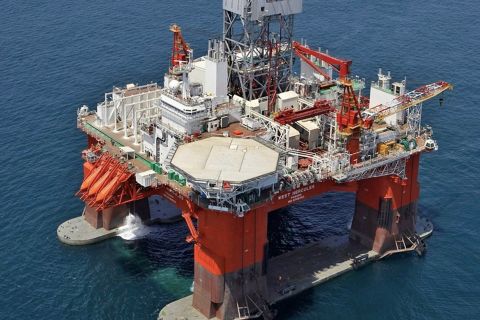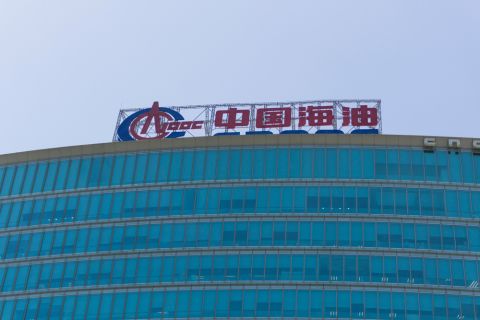Is maintenance capital the new, wholesome benchmark?
Back in the day, this industry was all about spending more capital. Today that is changing. The goal used to be leasing as much acreage far and wide as you could. Send an army of landmen to every county and line them up on the doorstep of the courthouse at dawn. Plant a stake in every play, ink more joint ventures and farm in to every well that is proposed; get access to more data than anyone else, if nothing else.
Once all that was done, the industry turned its focus to displaying raw growth of oil, gas and NGL production, quarter after quarter. Build more high-spec rigs. Keep those drillbits turning. Buy your way into more drilling inventory for the out years.
Next in the industry’s 21st century evolution, strategy became about drilling faster and cheaper with much longer laterals, and with more precision. It became about crafting enhanced completions using ever-more sand and water, with experimentation on whether to add or subtract.
In the past three years, it was all about perfecting these processes, from leasing to the sales line, whether that be ordering equipment in a certain way, and scheduling frack crews six months ahead, or lining up firm transportation for water, oil and gas. More recently, it has also meant using big data analytics and algorithms to fine tune all of the above, to knock another dollar per barrel out of the cost equation.
Now, the next wave seems to be about determining how much maintenance capex is needed to keep the decline rate flat (maybe to grow production ever so slightly), and therefore, extend the timeline to drill out the inventory. But of course you have to keep accumulating inventory or your investors begin to grow pale.
This is fine, if we want to create better returns on a more judicious allocation of capital. No more crazy outspending of cash flow. But at some point in time, keeping U.S. oil and gas production flat will not be enough to satisfy rising global demand, as OPEC Secretary General Mohammed Barkindo warned when he met with several oil CEOs at the World Economic Forum in Davos recently.
Then too, although the investor cry today is “Give us returns,” we’ve noticed that even as CEOs reported they will be careful by moderating production growth and spending wisely within cash flow, analysts seemed disappointed that some will not grow production much this year. So which is it, growth or returns? This is the age-old dilemma of the industry.
If you are an equity investor, you’ll no doubt get the most bang for your buck if you find those few E&P companies that outshine the rest by being able to deliver modest production growth within a conservative capex level, and on top of that, that can return cash to shareholders at the same time. It’s a neat hat trick.
When we scanned some analyst reports on fourth-quarter results, the same theme emerged.
“PDC Energy Inc. gives you what we consider the gold standard for FY19: 20% production growth with free cash flow (FCF). We also love FY20; we’re now forecasting 13% year-over-year production growth and a 9% FCF yield,” said Mike Kelly at Seaport Global Securities in a research note.
As for Range Resources Corp., Tudor, Pickering, Holt & Co. said in a note that what draws its attention is Range’s maintenance capital potential (maybe $525 million), which will focus on FCF generation and repairing the balance sheet over growth. “While we will have to wait for official guidance in a few weeks to see if Range moves in this direction on spending, we continue to believe gas companies need to materially cut growth capital to attract fundamental long-term interest, given structural macro headwinds in the space.”
Analyst Leo Mariani at KeyBanc Capital Markets said, “We prefer E&Ps with low-cost oil assets that can grow production at attractive rates while generating free cash flow. Free cash flow could be a little tough to come by in 2019, but the better-positioned E&Ps should be close to neutral. Our high-conviction ideas include FANG, OXY, PXD and WPX.”
I hope you’ll join us, and send some of your colleagues, to attend the DUG Permian conference April 16 and 17 in Fort Worth, Texas, along with the Permian Minerals Forum April 15; and looking ahead, join us also for DUG Rockies in Denver May 14 and 15. The Midland and Delaware basins continue to surge and attract plenty of capital. The Denver-Julesburg Basin dodged an anti-fossil fuel challenge, midstream facilities have come on line, and operators there are working ahead. Finally, stay tuned for the Powder River Basin, which is the next coming attraction, in the words of Anadarko Petroleum Corp. CEO Al Walker. All aspects of drilling in these premier basins will be “explored” at Hart Energy’s two DUG conferences.
Recommended Reading
E&P Highlights: March 11, 2024
2024-03-11 - Here’s a roundup of the latest E&P headlines, including a new bid round offshore Bangladesh and new contract awards.
Second Light Oil Discovery in Mopane-1X Well
2024-01-26 - Galp Energia's Avo-2 target in the Mopane-1X well offshore Namibia delivers second significant column of light oil.
Sangomar FPSO Arrives Offshore Senegal
2024-02-13 - Woodside’s Sangomar Field on track to start production in mid-2024.
CNOOC Makes 100 MMton Oilfield Discovery in Bohai Sea
2024-03-18 - CNOOC said the Qinhuangdao 27-3 oilfield has been tested to produce approximately 742 bbl/d of oil from a single well.




